The Four Elements of Jiu Jitsu
The core objective of jiu-jitsu is survival. More than beating your opponent or learning proper technique, jiu-jitsu is a form of self-defense that teaches practitioners how to survive a fight, whether it is during an MMA match or a street fight.
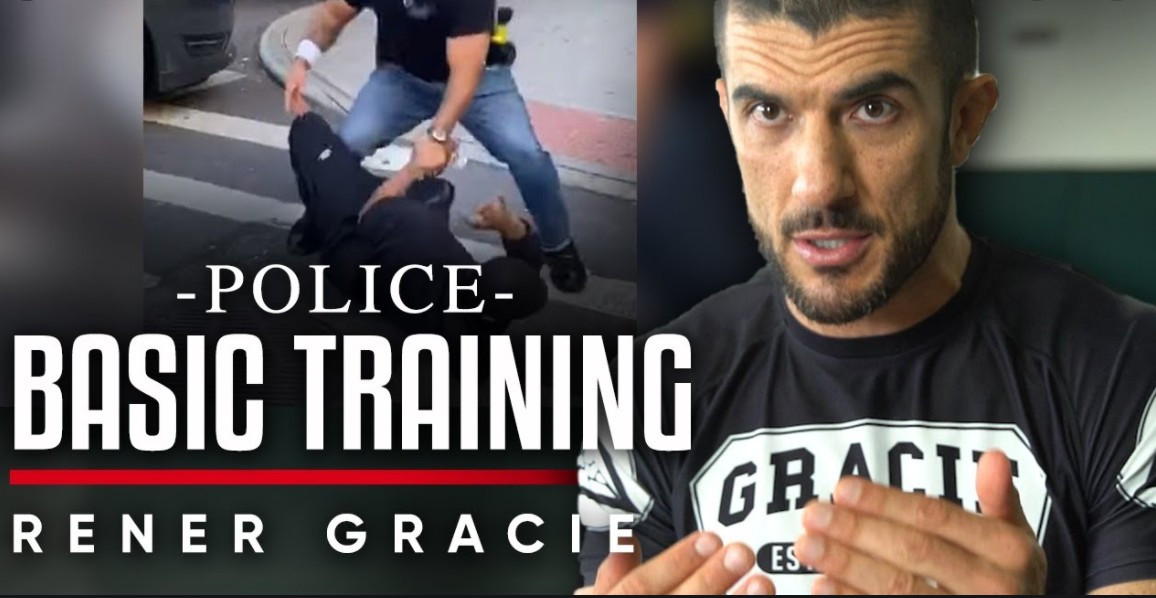 The Marietta Miracle
31 May
The Marietta Miracle
31 May
The Marietta Miracle
There has been a lot of discussion about what kind of role police should play in society.
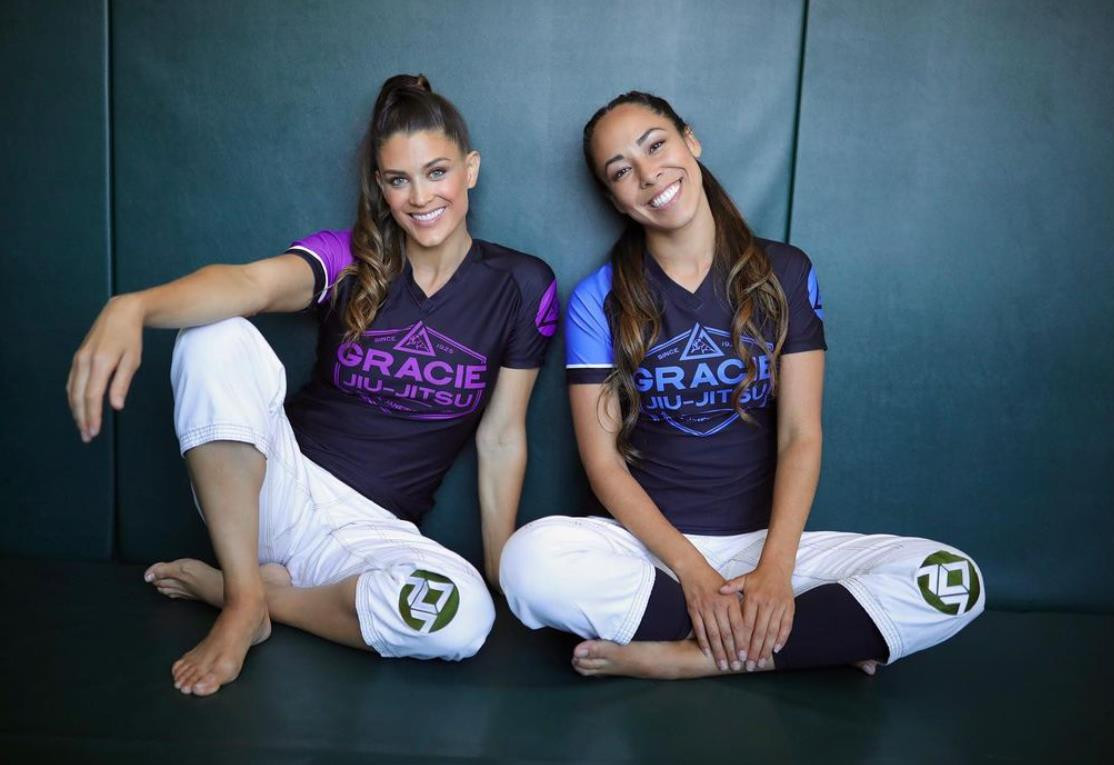 The Self-defense Mindset
24 May
The Self-defense Mindset
24 May
The Self-defense Mindset
Women Empowered classes at the Gracie Academy emphasize eight fundamentals of self-defense. They are:
.jpg) How do Jiu Jitsu Belts Work?
05 May
How do Jiu Jitsu Belts Work?
05 May
How do Jiu Jitsu Belts Work?
Even before starting jiu-jitsu, just about everyone has a general idea of how the belt system works. In the most basic terms, belts symbolize skill level and rank. White belts represent those who are new to jiu-jitsu. As they develop as fighters and demonstrate their increased skill level on the mat, they are awarded new belts.
Women’s Self-defense courses: real help or false confidence?
With the explosive popularity of group fitness classes like Pilates, yoga and spinning, women in New York City have a wide variety of classes to choose from. Pugilistic sports like Boxing and Kickboxing have crossed over into this fitness category, boasting the benefits of fitness training while learning self-defense.
 Jiu Jitsu is a Language
19 Oct
Jiu Jitsu is a Language
19 Oct
Jiu Jitsu is a Language
One of the more interesting ways to think about learning Jiu-Jitsu is to think of it as learning a language.
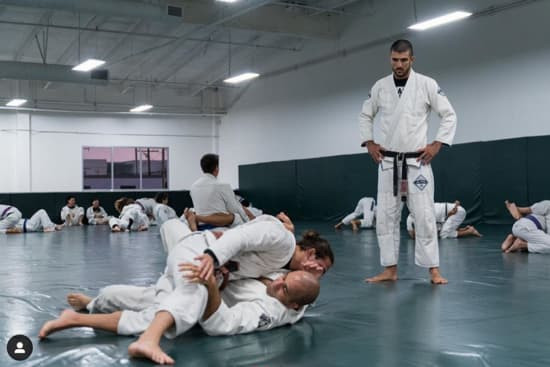 The Gracie Approach to teaching Jiu Jitsu (PART 2 of 2): The Curriculum and a New Way of Sparring
17 Aug
The Gracie Approach to teaching Jiu Jitsu (PART 2 of 2): The Curriculum and a New Way of Sparring
17 Aug
The Gracie Approach to teaching Jiu Jitsu (PART 2 of 2): The Curriculum and a New Way of Sparring
Most educational programs are made up of different levels or grades. You begin at a low level, demonstrate your knowledge of certain material, and then move up (or graduate) to the next level. Jiu-jitsu is no different.
The Gracie Approach to teaching Jiu Jitsu (PART 1 of 2): ‘Sink or Swim’ vs. Gracie Training Philosophy
Most people who go to their first jiu-jitsu class are nervous. It’s difficult to walk into any situation wearing your inexperience on your sleeve, especially when this inexperience concerns your ability to defend yourself physically.
Kids Self-Defense: How the ‘Zero Tolerance’ policy helps Bullies
Bullying is a major problem in the United States. It takes a massive toll on the physical and psychological wellbeing of kids from elementary school to high school and it can oftentimes lead to extremely violent and tragic events.
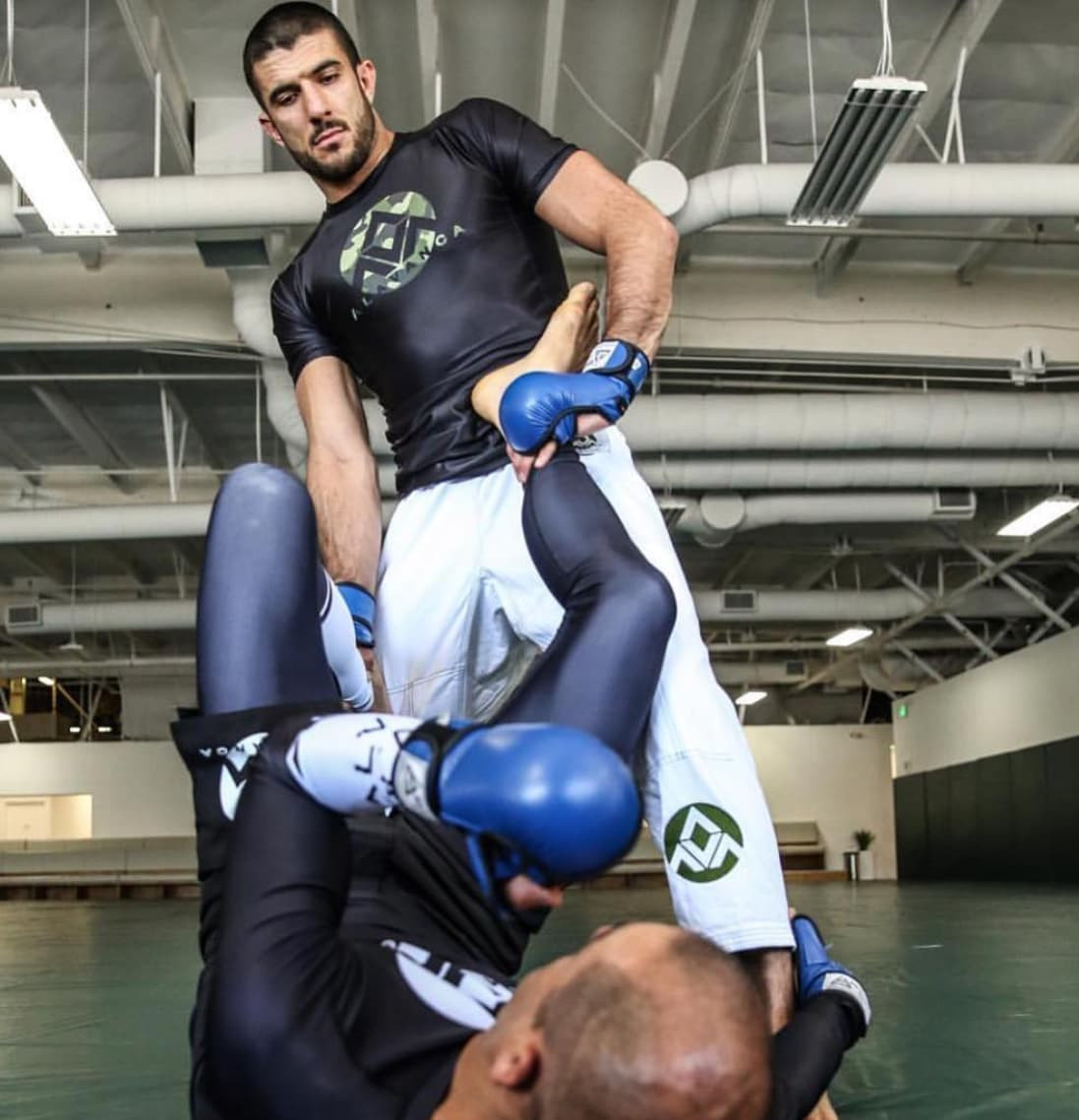 Martial Arts for Adults
15 May
Martial Arts for Adults
15 May
Martial Arts for Adults
We typically think of martial arts training that is something incredibly beneficial for children – and rightfully so, but those benefits are not exclusive to children as adults often stand to gain for more from martial arts training than children actually.
Why Brazilian Jiu Jitsu (BJJ) Works
There is no doubt that the growing popularity of jiu-jitsu, especially Brazilian jiu-jitsu. Apart from it becoming more common among mixed martial arts fighters, it’s also gaining a following among normal people who merely want to learn how to defend themselves.
Sport Jiu Jitsu in a Street Fight (Part 2 of 2)
On part 1 of this article we examined the two approaches to training Jiu Jitsu in NYC – the Sport focused and Street Self-defense focused approach. It’s not a question of which approach is better, but more so a question of which suits the individual’s needs.
Sport Jiu Jitsu in a Street Fight (Part 1 of 2)
For people who are just starting to learn jiu-jitsu, it is important to recognize that not all gyms are the same. Though all jiu-jitsu classes will teach the principles of the fighting style, there are significant differences in how some gyms choose to convert these principles into practice. The distinction is especially important if your objective is to learn self-defense.
The 5 Most Common Injuries in Brazilian Jiu-Jitsu
We’ve taken a very informative 50-minute video where Rener Gracie and Alex Ueda explains the most common injuries when training in Jiu Jitsu and broke it down into two parts.
Surviving the First 6 Months of Sparring
Sparring, also known as rolling, is what makes Jiu-Jitsu the most dynamic and effective martial art around the globe. Furthermore, it offers the opportunity for limitless growth. In other words, Jiu-Jitsu promotes constant sparring, which enhances one’s skills. Unfortunately, most people quit before they hit the 6-month mark in the academy because of sparring.

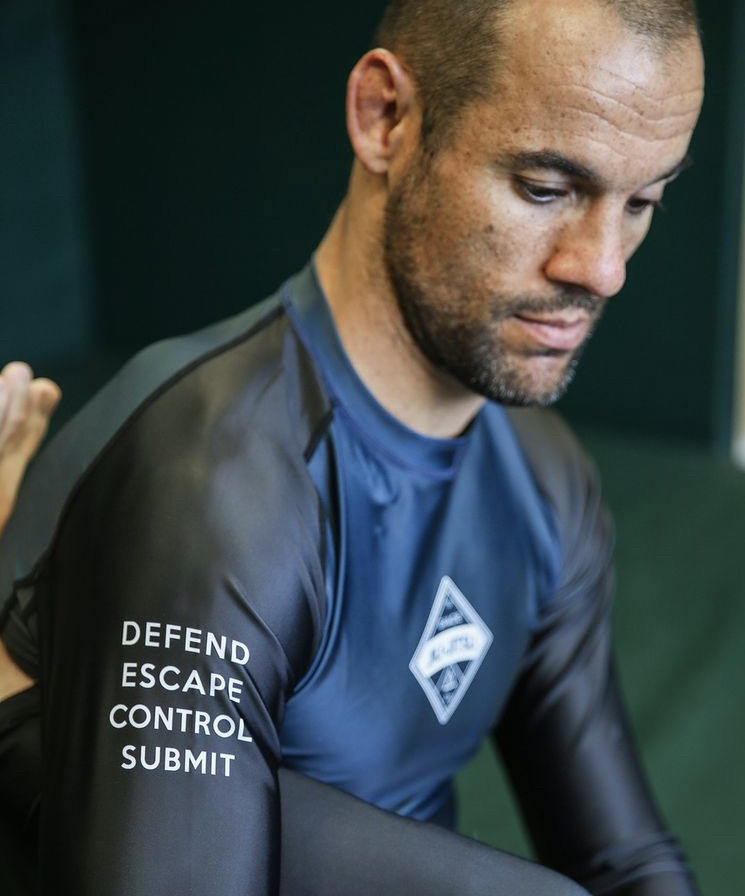 The Four Elements of Jiu Jitsu
The Four Elements of Jiu Jitsu
.jpg) Women’s Self-defense courses: real help or false confidence?
Women’s Self-defense courses: real help or false confidence?
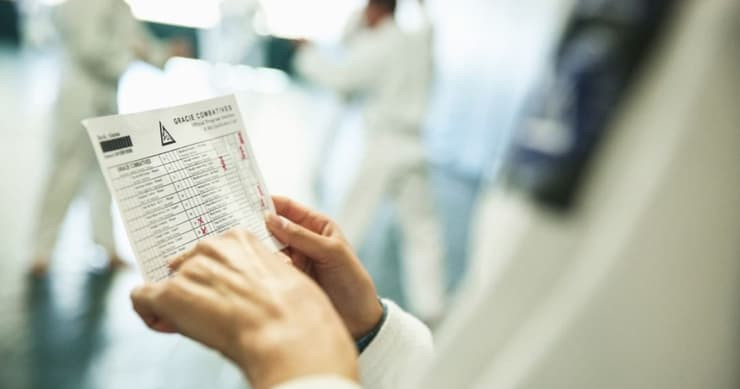 The Gracie Approach to teaching Jiu Jitsu (PART 1 of 2): ‘Sink or Swim’ vs. Gracie Training Philosophy
The Gracie Approach to teaching Jiu Jitsu (PART 1 of 2): ‘Sink or Swim’ vs. Gracie Training Philosophy
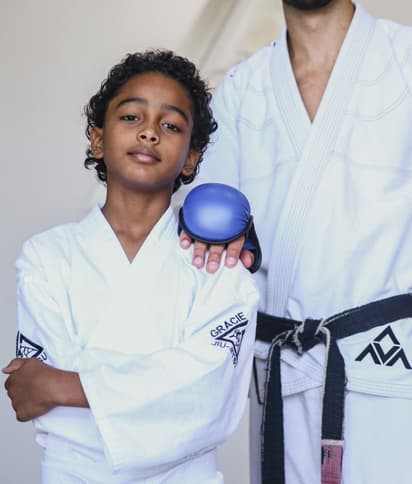 Kids Self-Defense: How the ‘Zero Tolerance’ policy helps Bullies
Kids Self-Defense: How the ‘Zero Tolerance’ policy helps Bullies
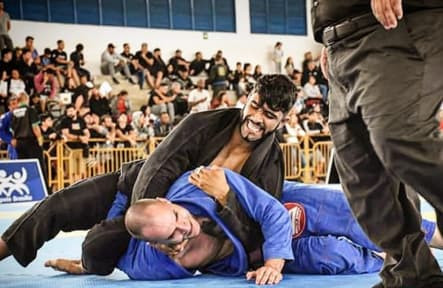 Why Brazilian Jiu Jitsu (BJJ) Works
Why Brazilian Jiu Jitsu (BJJ) Works
 Sport Jiu Jitsu in a Street Fight (Part 2 of 2)
Sport Jiu Jitsu in a Street Fight (Part 2 of 2)
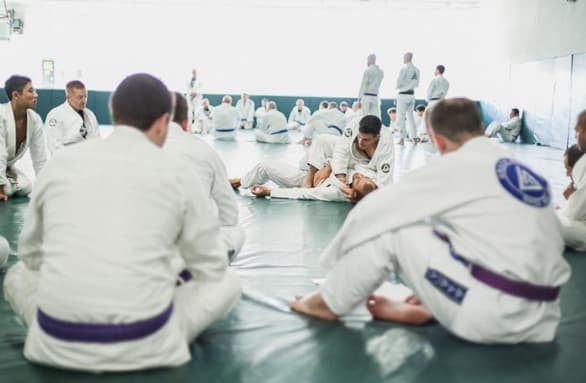 Sport Jiu Jitsu in a Street Fight (Part 1 of 2)
Sport Jiu Jitsu in a Street Fight (Part 1 of 2)
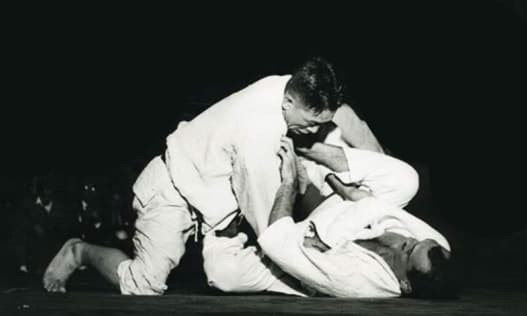 The 5 Most Common Injuries in Brazilian Jiu-Jitsu
The 5 Most Common Injuries in Brazilian Jiu-Jitsu